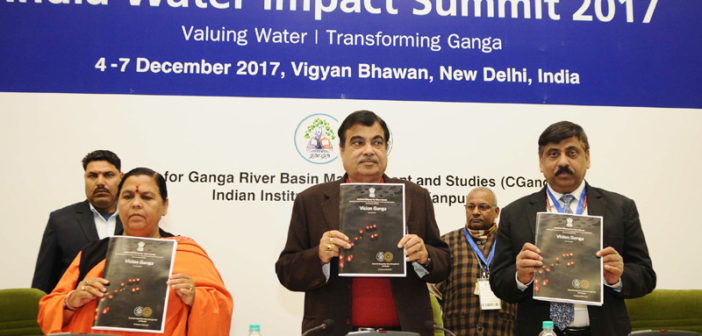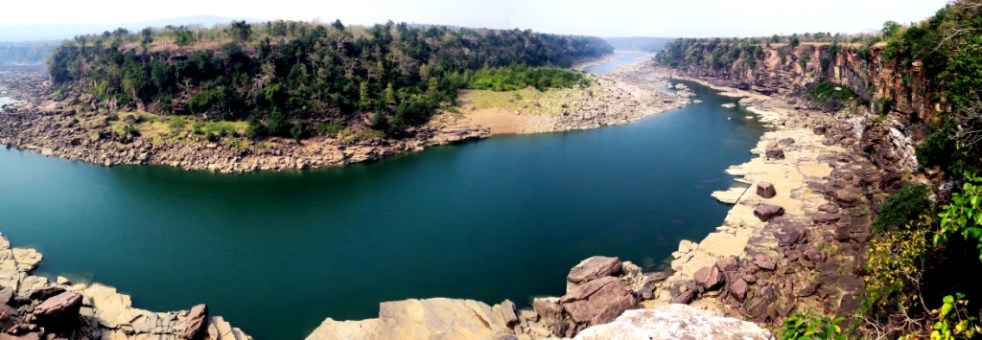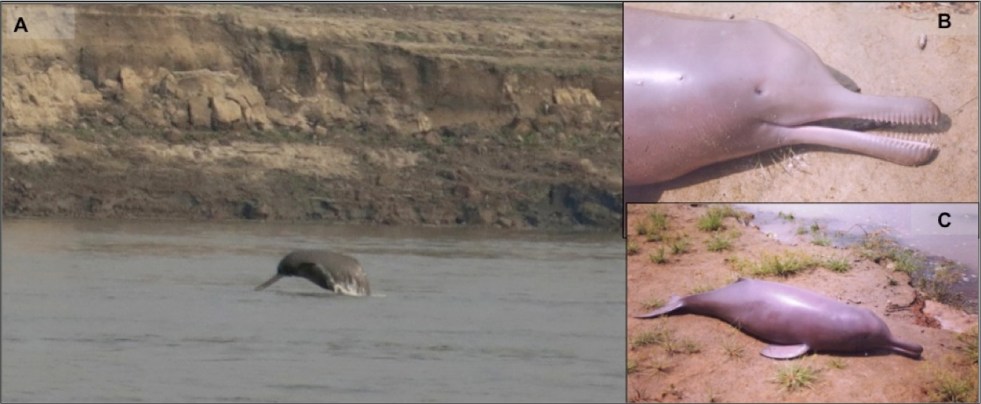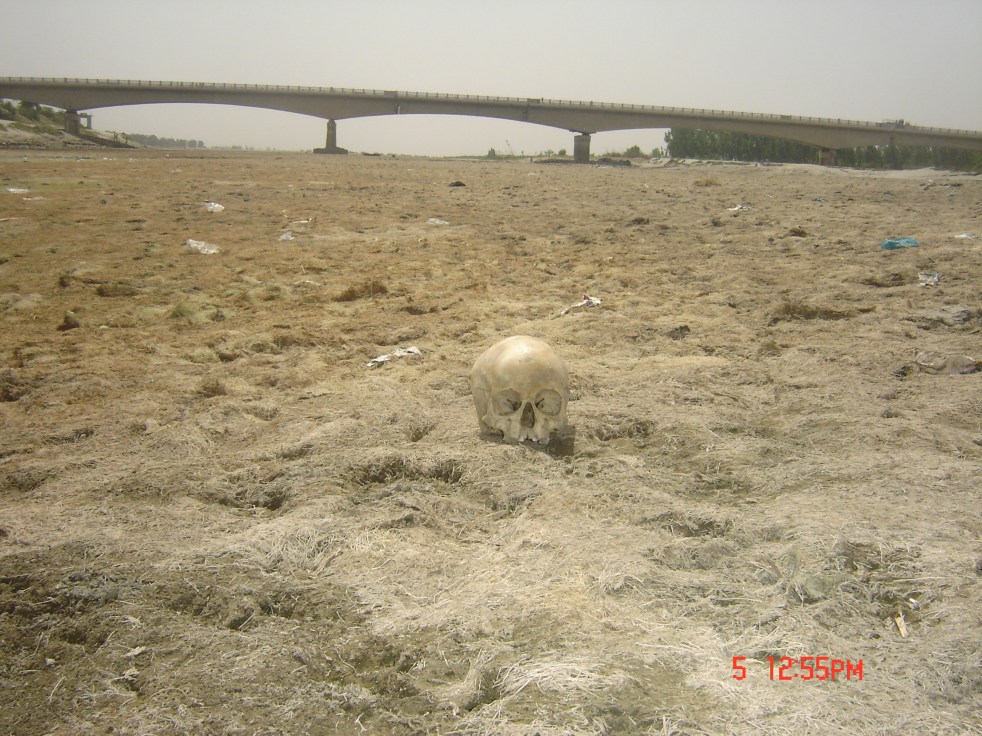There has been no lack of symbolism, funds, infrastructure, technology, promises, big statements and periodic announcements for Ganga by the Modi government. In fact, grand statements started even before the 2014 Parliamentary elections. But how do we gauge if there was an intention to rejuvenate the Ganga? May be if we could see a credible road map, a clear sense of purpose. If we could see signs of attempt to understand what the “development” plans are doing to the river. If we had a clear definition of what constitutes Ganga and what are the time bound goals of Nirmal and Aviral Ganga. Does the Namami Gange, the central program of Modi government on Ganga since May 2014 clear any of the tests? Even towards achieving Nirmal (clean) Ganga, if not Aviral (incessantly flowing) Ganga? Unfortunately, there is none.
As INDIA RIVERS WEEK 2018 gets underway in Delhi during Nov 24-26, 2018 with theme “Can India Rejuvenate Ganga“, let us try and see the state of Ganga and Namami Gange in the context of what is happening on this front in recent years. Continue reading “Namami Gange: Where is the intention?”







